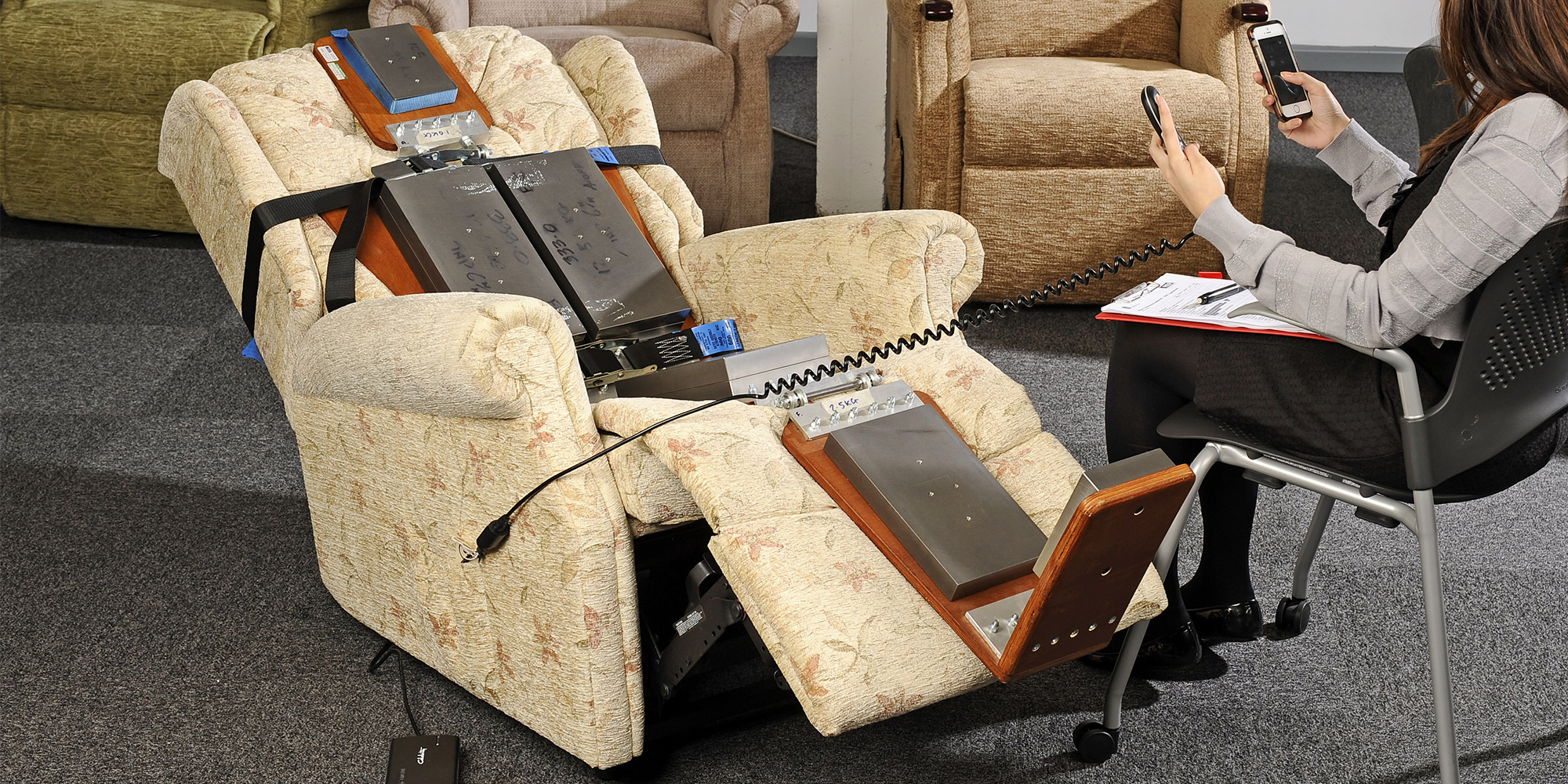ISO 21015 Office Work Chairs and Recliners Strength and Durability Testing
The ISO 21015 standard is a cornerstone in the field of furniture testing, specifically addressing the strength and durability requirements for office work chairs and recliners. This service ensures that manufacturers meet international standards for product safety, performance, and longevity. The test protocol evaluates various aspects such as load distribution, structural integrity, and overall stability under simulated real-world conditions.
The ISO 21015 standard is widely recognized in the furniture industry for its comprehensive approach to assessing the structural and ergonomic properties of office work chairs and recliners. Compliance with this standard is crucial for manufacturers aiming to ensure product quality and customer satisfaction while also meeting regulatory requirements.
During the testing process, a series of mechanical tests are conducted to assess the strength and durability of the chair or recliner under various loading conditions. The test protocol typically includes:
- Load Capacity Test: This involves applying a specified load to the chair to determine its maximum capacity before failure.
- Stability Test: Ensuring the chair remains stable and does not tip over under normal use conditions.
- Ergonomic Testing: Evaluating the design for comfort, ease of use, and overall ergonomic fit.
The testing process is conducted using specialized equipment that simulates real-world usage scenarios. This includes adjustable load devices, stability platforms, and ergonomic assessment tools to ensure a thorough evaluation of each product.
In addition to mechanical tests, the ISO 21015 standard also emphasizes the importance of user safety and comfort. Tests are designed to identify potential hazards that could arise from improper design or construction, ensuring that products meet both functional and safety standards.
The results of these tests provide manufacturers with valuable insights into product performance and durability, enabling them to make informed decisions regarding design improvements and quality control measures. Compliance with ISO 21015 is not only a requirement for international markets but also demonstrates a commitment to excellence in the furniture industry.
Why Choose This Test
- International Recognition: ISO 21015 is widely accepted in the global market, ensuring your products meet international standards and are competitive globally.
- Comprehensive Testing: The test protocol covers a wide range of aspects including load capacity, stability, and ergonomic design, providing thorough evaluation.
- Enhanced Safety and Comfort: By adhering to this standard, manufacturers ensure that their products are safe and comfortable for users.
- Market Access: Compliance with ISO 21015 can help open doors to international markets where strict quality standards are enforced.
The test results provide valuable data on product performance and durability, enabling manufacturers to make informed decisions regarding design improvements and quality control measures. This not only enhances the reputation of your brand but also ensures customer satisfaction by providing safe and reliable products.
International Acceptance and Recognition
The ISO 21015 standard is recognized globally for its comprehensive approach to assessing the strength and durability of office work chairs and recliners. Many countries have adopted this standard as a benchmark for product quality, ensuring that manufacturers meet international standards.
Compliance with ISO 21015 is not only beneficial for export but also enhances brand reputation within domestic markets. It demonstrates a commitment to excellence in the furniture industry and ensures that products are safe, functional, and durable.
Environmental and Sustainability Contributions
The ISO 21015 standard contributes positively to environmental sustainability by promoting the use of high-quality materials and manufacturing processes. By ensuring the durability of office work chairs and recliners, manufacturers reduce waste and extend product lifecycle.
Moreover, compliance with this standard encourages the development of eco-friendly designs that minimize environmental impact while maintaining superior performance standards. This aligns with broader industry initiatives aimed at reducing carbon footprints and promoting sustainable practices.





